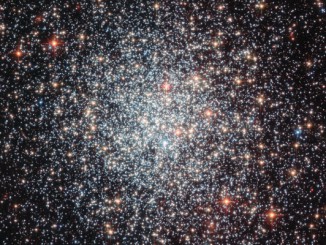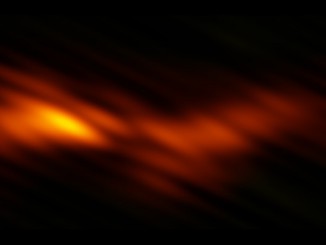
Understanding the magnetic Sun
The Sun’s magnetic field is responsible for everything from the solar explosions that cause space weather on Earth — such as aurorae — to the interplanetary magnetic field and radiation through which our spacecraft journeying around the solar system must travel. But even now, scientists are not sure exactly where in the Sun the magnetic field is created.









